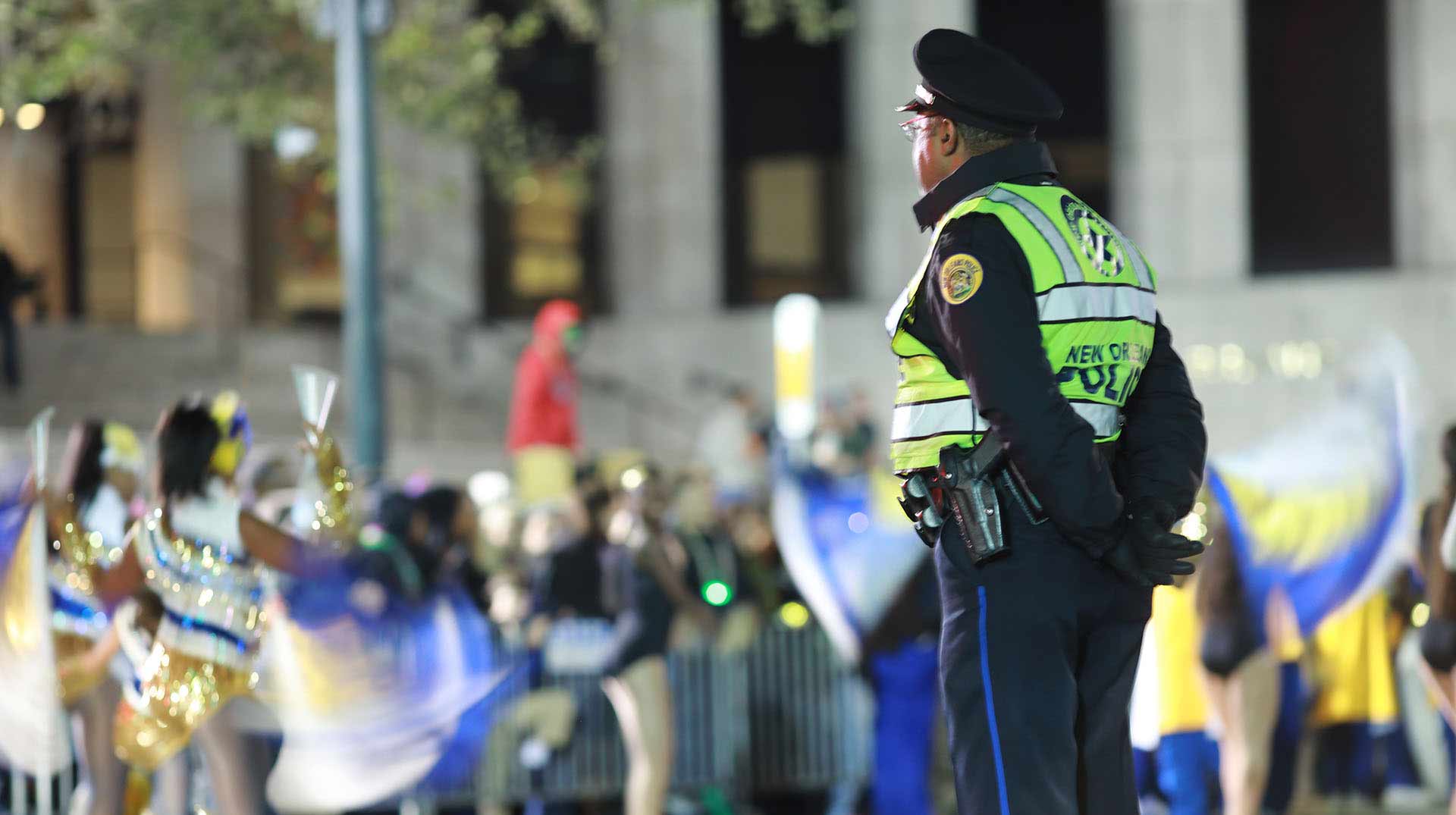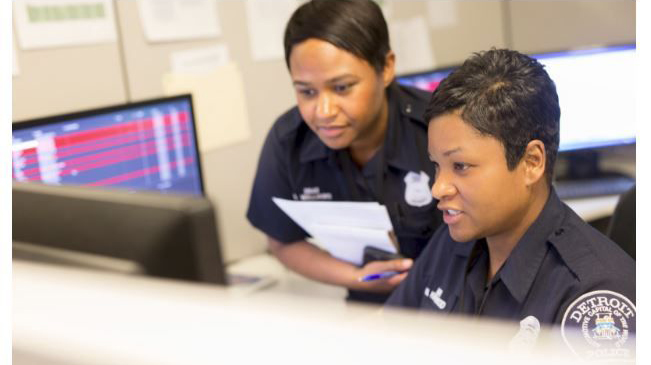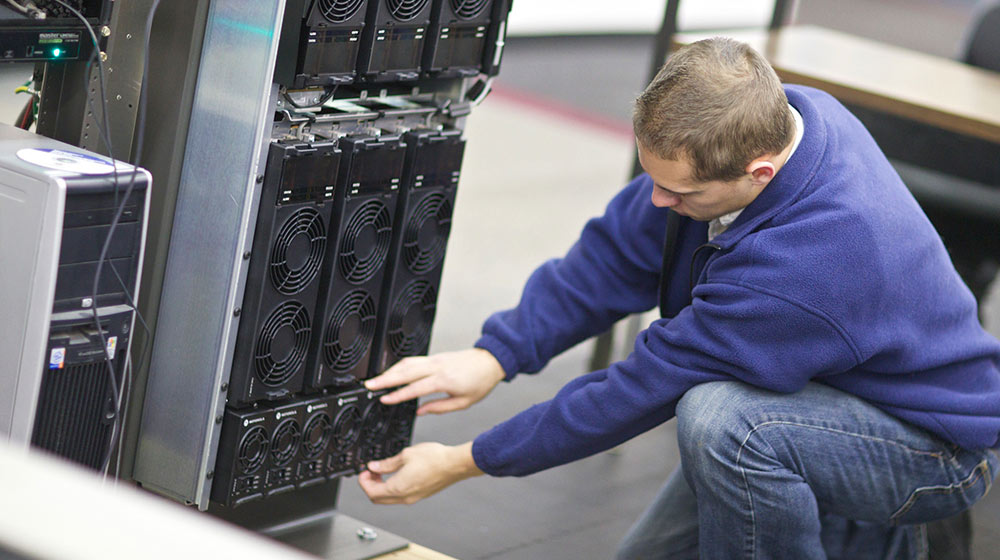In an emergency response, how can different 9-1-1 technologies work together to create new ways to respond faster, boost morale and improve retention?
To answer this question, let’s examine how the Scottsdale Police Department (PD) in Arizona uses real-time transcription to drive efficient responses, including arriving on scene before the call is dispatched.
Under the direction of Karen Sutherland, Support Services Director at the Scottsdale PD who oversees the Communications Center and the Real-Time Crime Center (RTCC) and Real Time Crime Center Supervisor Chris Henningsen, the department is implementing different technologies, like real-time transcription, traffic cameras and drones, that work together to create a rapid, more informed response.
The Scottsdale PD utilizes Motorola Solutions’ AI (Artificial Intelligence)-enabled real-time transcription. An important feature of this transcription service is highlighting key words alongside the full transcript, ensuring everyone can quickly identify critical information.
“RTCCs,” explains Karen, “normally work primarily with investigative personnel. However, we realized that for real-time information, we need 9-1-1, so we integrated the transcription service within the RTCC.” Call takers in the Scottsdale 9-1-1 center and personnel in the RTCC have the transcription service available so critical information can be shared easily and quickly.
A kidnapping incident
Incorporating transcription into the 9-1-1 center and the RTCC proved invaluable when a 9-1-1 call reporting a possible kidnapping occurred. The keyword “Kidnapping” appeared in the transcription and alerted an employee in the RTCC.
An RTCC employee shared this information, prompting the viewing of traffic cameras. The RTCC was virtually on-scene within seconds and began scanning the roadways. With additional information from the reporting party, an RTCC Technician was able to locate the suspect vehicle. The Drone First Responder (DFR) was launched from the Real Time Crime Center, located the vehicle and kept eyes on it until officers arrived and stopped the vehicle. “We were able to be on scene even before the call was dispatched,” Karen points out.
“We’ve had similar successes,” Karen shares, “and our patrol officers acknowledge that we manage incidents faster and more efficiently through the use of technology.” Karen adds that when the 9-1-1 center and RTCC are seen as a vital part of the solution, it energizes the workforce. Karen believes the combination of enhanced tools that drive successful outcomes will improve retention. “Because we accomplish so much before officers arrive at the scene, we set them up for success, which benefits our entire organization.”
Karen’s key insights
For Karen, what lessons are being learned? “I’m learning that people are recognizing how intuitive the technology is – the transcription, the cameras, the drones and how they work together to help us respond more quickly.”
What is Karen’s key takeaway for others? “People are so busy. But once you let a story like this sink in, you realize, ‘Wait a minute, this is how I can use this technology, and someone has already done it.’ That means you can take it and run with it.”
- Learn more about how the State of Arizona is implementing real-time transcription.
- Find out how real-time transcription benefits dispatchers, supervisors and quality assurance.
- Stay informed on how your colleagues are implementing Next Gen technology.
For more information on Motorola Solutions, please visit us at www.motorolasolutions.com




